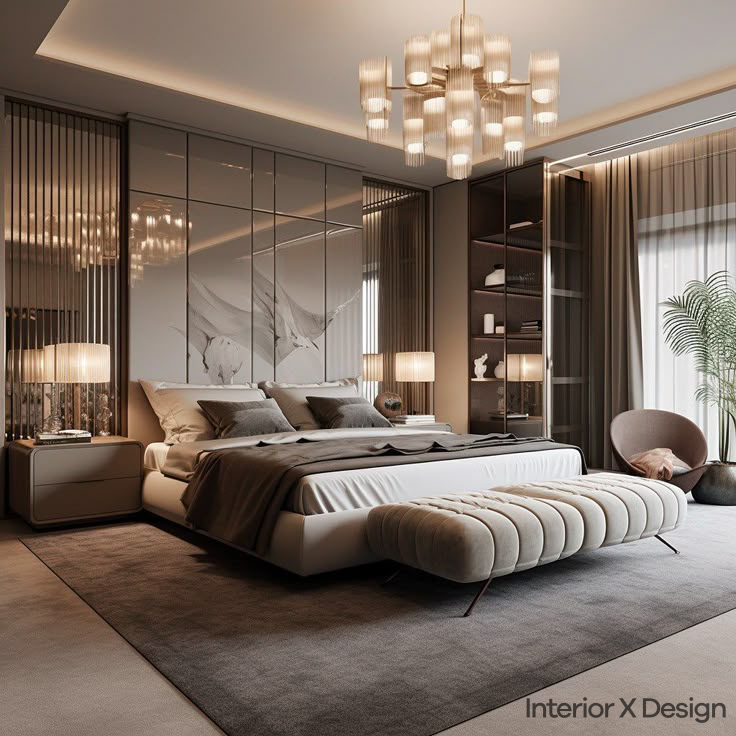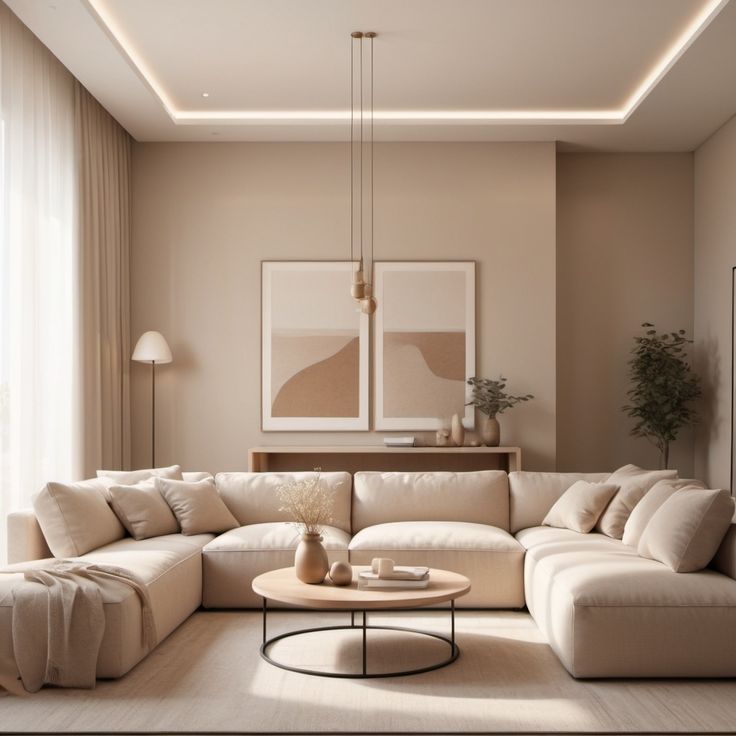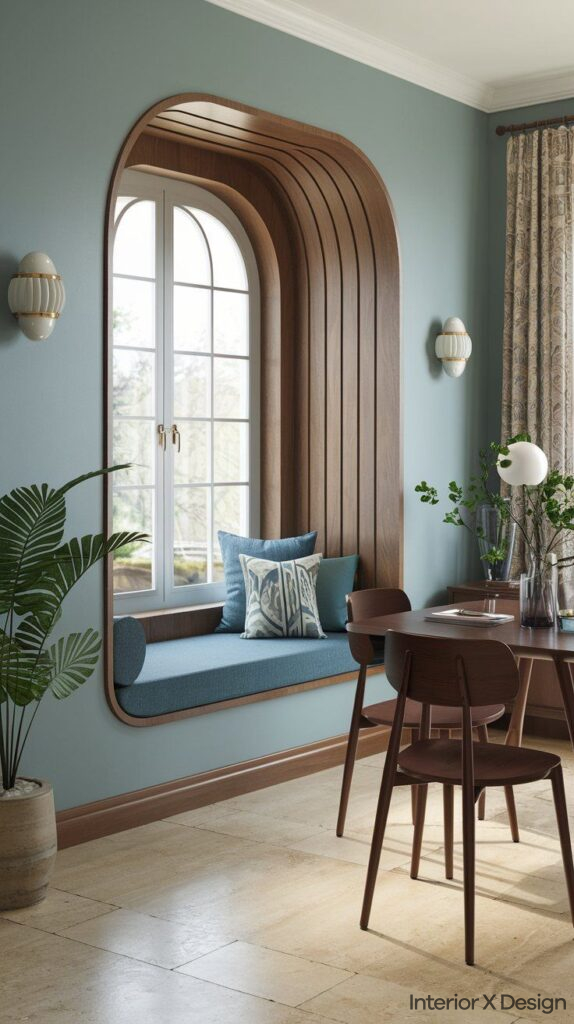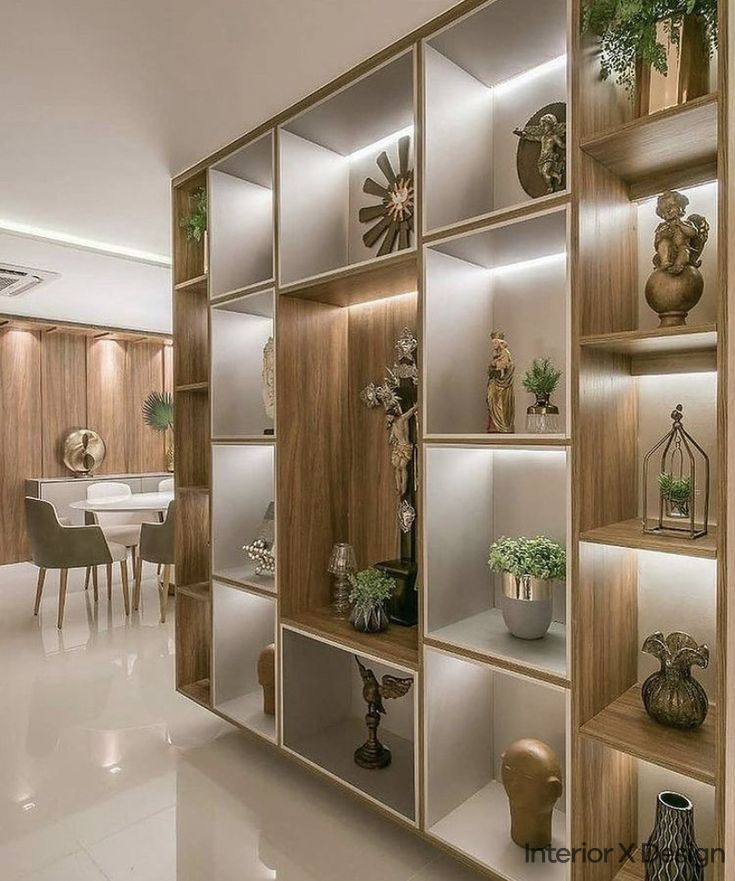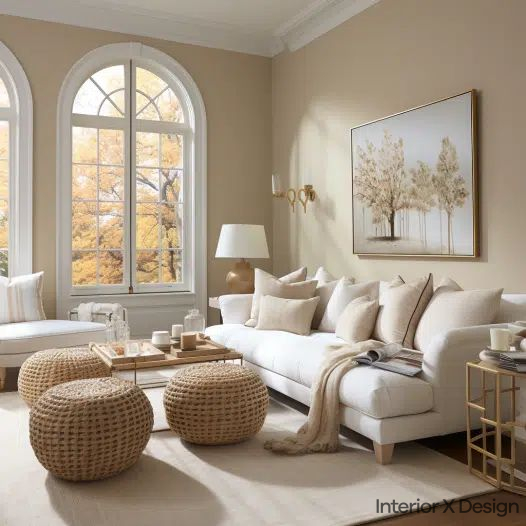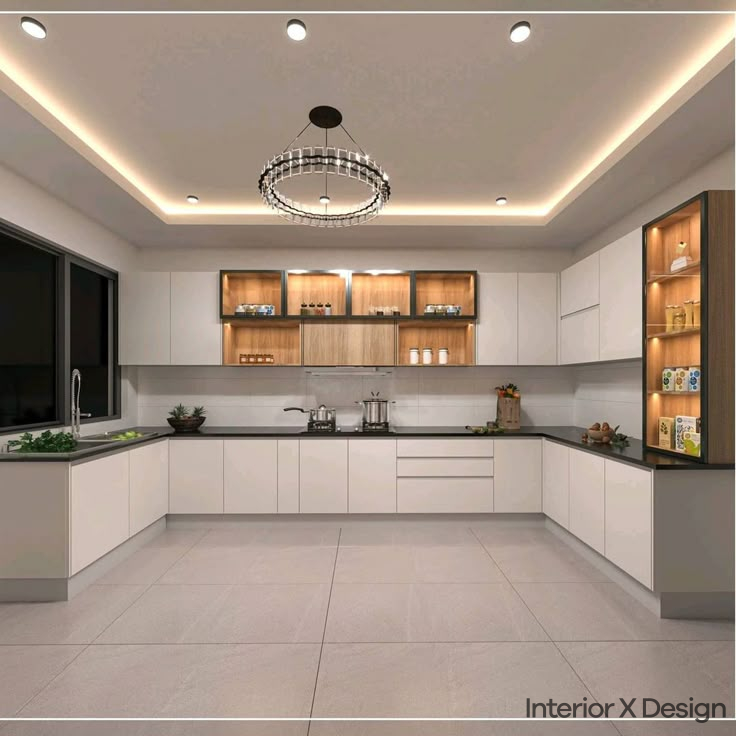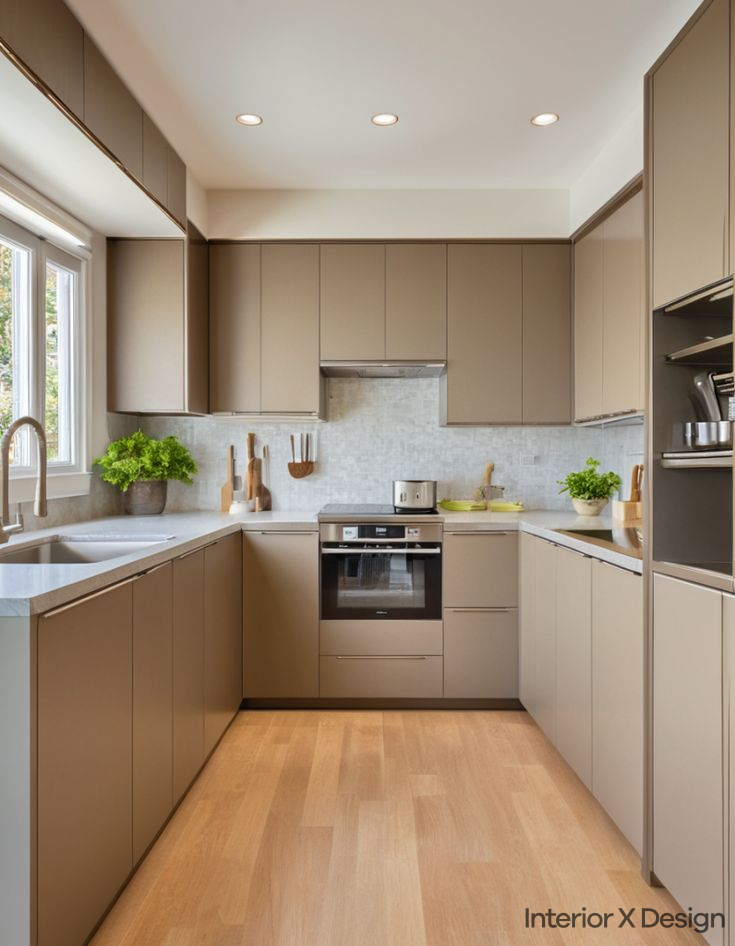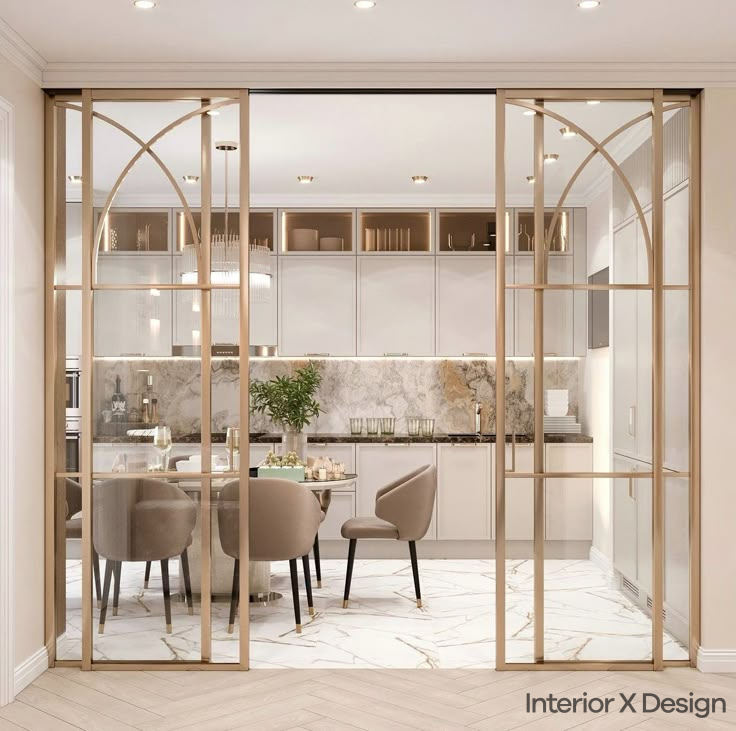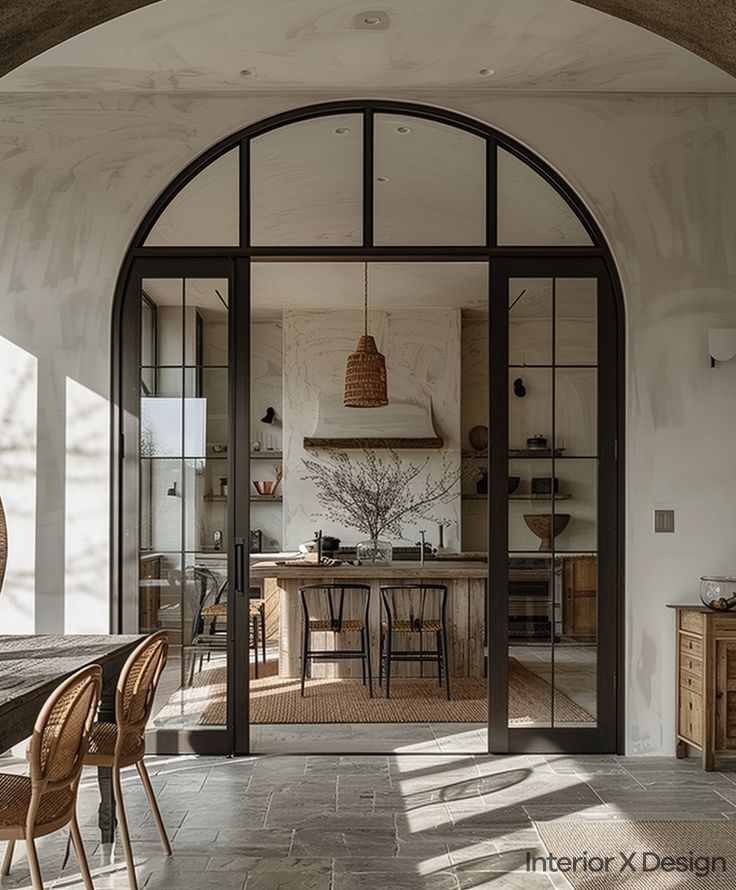Whether you are designing a residential home or working on a commercial project, understanding the different interior design materials is crucial. Let’s dive into the top five materials that are popular among designers and homeowners alike.
1. Wood – A Classic Interior Material

Wood is a versatile interior material used in various designs, from traditional to modern. It adds warmth, natural texture, and a cozy feel while being durable and eco-friendly.
Types of Wood Used in Interior Design
- Oak: Durable and elegant, used in flooring, furniture, and cabinetry.
- Maple: Fine-grained and versatile, ideal for furniture and floors.
- Teak: Moisture-resistant and luxurious, perfect for high-end designs.
- Pine: Softwood with rustic charm, commonly used in paneling and furniture.
Practical Tips for Using Wood
- Choose the right type: Lighter woods like maple make small rooms feel spacious; darker woods add depth in large areas.
- Pair with different textures: Wood complements textiles like linen and wool.
- Regular maintenance: Polish and seal wood surfaces to prevent wear and tear.
Best Applications for Wood
- Flooring: Timeless and durable for living spaces.
- Walls and Ceilings: Paneling and beams add character.
- Furniture: Enhances functionality and style.
For more detailed tips on wood usage in design, check out our article on modern simple pop ceiling ideas.
2. Stone – Durable and Elegant Interior Material

Stone is a durable, visually striking material that suits both modern and traditional interiors. It works well in high-traffic areas and offers a sophisticated look.
Types of Stone Used in Interior Design
- Marble: Luxurious and unique, ideal for countertops and flooring.
- Granite: Heat-resistant and durable, popular for kitchens.
- Limestone: Soft-toned, creating a calming aesthetic.
- Slate: Textured and rugged, great for accent walls and fireplaces.
Practical Tips for Using Stone
- Avoid excessive polishing: Honed finishes offer better traction.
- Use strategically: Stone can be heavy, so use it as a statement element.
- Seal regularly: Prevent stains and maintain appearance.
Best Applications for Stone
- Countertops: Long-lasting and stylish.
- Flooring: Elegant and durable for high-traffic areas.
- Feature walls: Adds texture and visual appeal.
To explore more creative uses of stone, visit our modern TV unit design ideas blog post.
3. Glass – Sleek and Modern Interior Material

Glass enhances interiors by maximizing natural light and creating a spacious feel. It is commonly used in doors, partitions, and decor elements.
Types of Glass Used in Interior Design
- Tempered Glass: Strong and shatter-resistant, used for safety applications.
- Frosted Glass: Adds privacy while allowing light diffusion.
- Laminated Glass: Durable and impact-resistant, ideal for floors and skylights.
- Glass Tiles: Decorative and reflective, often used in backsplashes.
Practical Tips for Using Glass
- Balance with warm materials: Prevents a sterile look.
- Ensure safety: Use tempered or laminated glass in high-traffic areas.
- Regular cleaning: Prevents smudges and maintains transparency.
Best Applications for Glass
- Windows & Doors: Maximizes light flow.
- Partitions: Creates openness while defining spaces.
- Decor Elements: Enhances modern aesthetics.
Explore more ways to incorporate glass into your design with our guide on simple ceiling design ideas.
4. Metals – Strong and Stylish Interior Material

Metals bring an industrial or contemporary touch to interiors. They are commonly used in fixtures, furniture, and accents.
Types of Metals Used in Interior Design
- Stainless Steel: Durable and modern, used in appliances and sinks.
- Brass: Warm-toned and elegant, ideal for fixtures and decor.
- Copper: Unique patina over time, commonly seen in lighting.
- Aluminum: Lightweight and rust-resistant, great for furniture and frames.
Practical Tips for Using Metal
- Mix with other materials: Prevents a cold industrial feel.
- Use as accents: Avoid overuse to maintain warmth.
- Polish regularly: Keeps surfaces looking refined.
Best Applications for Metal
- Fixtures & Hardware: Functional and decorative.
- Furniture: Adds modern sophistication.
- Decor Elements: Statement lighting and accents.
For more design inspiration, check out our luxury home design ideas.
5. Fabric – Softness and Versatility in Interior Design
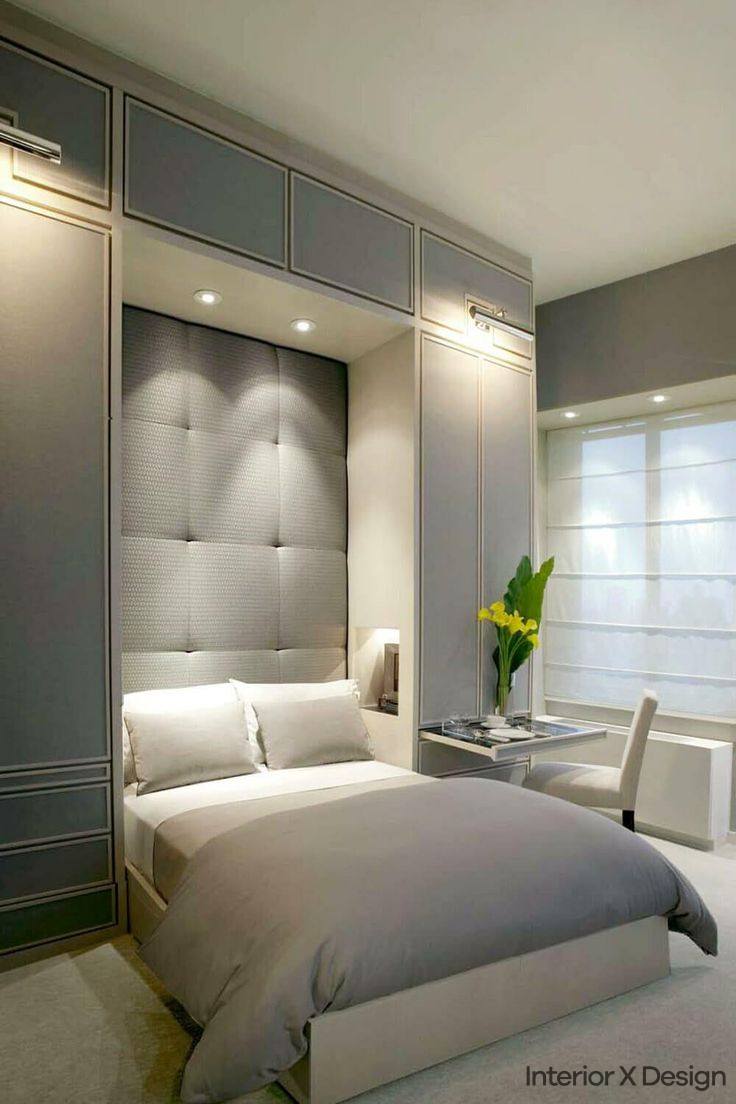
Fabrics bring warmth, comfort, and texture to a space. They are used in upholstery, curtains, and decorative elements.
Types of Fabrics Used in Interior Design
- Cotton: Lightweight and breathable, ideal for upholstery and drapes.
- Linen: Natural and textured, offering an airy aesthetic.
- Velvet: Luxurious and plush, often used in furniture.
- Leather: Durable and elegant, common in seating and decor.
Practical Tips for Using Fabrics
- Choose based on durability: High-traffic areas need sturdy fabrics.
- Coordinate with color schemes: Enhances the overall look.
- Regular cleaning: Maintains freshness and longevity.
Best Applications for Fabrics
- Upholstery: Enhances comfort and style.
- Curtains & Drapes: Adds softness and insulation.
- Decor Accents: Cushions, throws, and rugs for layering.
Check out our residential interior design ideas for more ways to incorporate fabric into your home.
Comparison Table: Best Uses of Interior Design Materials
| Material | Best Use | Durability | Maintenance |
|---|---|---|---|
| Wood | Flooring, furniture | High | Requires polishing & sealing |
| Stone | Countertops, walls | Very High | Needs sealing to prevent stains |
| Glass | Windows, decor | Medium | Frequent cleaning required |
| Metal | Fixtures, accents | High | Occasional polishing |
| Fabrics | Upholstery, curtains | Varies | Regular cleaning |
Common Mistakes to Avoid
- Overusing one material: Can make spaces feel monotonous.
- Ignoring maintenance needs: Some materials require regular upkeep.
- Poor material combinations: Mismatched textures and finishes can clash.
- Not considering durability: Choose materials suited to your lifestyle.
- Skipping proper installation: Ensures longevity and function.
By understanding these materials and their applications, you can create a stylish, functional interior suited to your needs.
Conclusion
Incorporating the right interior design materials into your space is essential for creating a balanced and beautiful environment. Whether you choose wood, stone, glass, metal, or fabric, each material brings its own unique qualities to your design. By understanding the benefits and characteristics of each material, you can make more informed choices that align with your personal style and functional needs.
For professional guidance on selecting the best materials for your project, consult with expert interior designers. Contact us today for personalized design advice.

